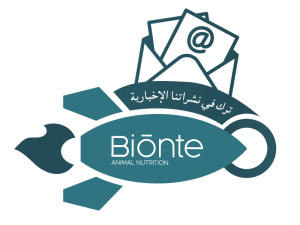Introduction
Swine is one of the most sensitive species to the effects of mycotoxins. Oxidative stress cause by these metabolites triggers microbiota disruption, which prevent these animals from carrying out efficient digestion, hindering the absorption of different essential compounds (Grosu et al., 2023). Pigs suffer from digestive problems with vomiting and diarrhea (Nikolov et al, 2023). These symptoms, combined with the lack of appetite and a worst feed conversion, lead to a delay in their growth (Muñoz-Solano et al., 2024).
On the other hand, different mycotoxins can affect other systems of the body, causing respiratory and reproductive problems, among others. In addition, it must be taken into account that most of the feed consumed by these animals can be colonized by different types of fungi, in the same way that these fungi can produce different types of mycotoxins (Shi et al., 2019). That means that the feed could be contaminated by more than one mycotoxin simultaneously (Ruan et al., 2023).
Aflatoxins
Pigs are highly susceptible to aflatoxins, especially those animals in the early stages of their development. Aflatoxin B1 is the most potent aflatoxin, being monogastric animals the most susceptible to it. Acute poisoning by this mycotoxin can lead to states of depression and anorexia, being the liver the most damaged organ (Popescu et al., 2022; Mallmann et al., 2007).
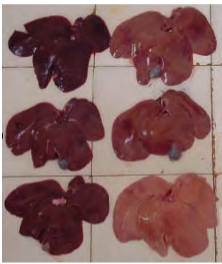
Image 1. Left: livers of healthy animals, right: yellowish and swollen livers of poisoned animals.
The presence of aflatoxins in feed leads to digestive problems in pigs, with clinical signs such as diarrhea. Pigs lose their appetite and reduce their consumption, leading to growth retardation, which also suppose a lack of uniformity between the weights of the animals (Zhang et al., 2022).
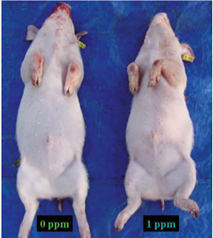
Image 2. Left: healthy animal, right: growth retardation
The potent hepatotoxic effect of this mycotoxin alters the immune status of animals, leading them to states of immunosuppression. Sometimes, pigs exposed to these mycotoxins experience reproductive alterations and also an increase in mortality can be observed on farms. This is a type of mycotoxin whose metabolites can be transmitted through milk during lactation, reaching piglets that are highly sensitive (Popescu et al., 2022).
Deoxynivalenol
DON is associated with vomiting and diarrhea in swine. Moreover, this mycotoxin causes feed refusal, which lead to a delay in their growth and compromises their development (Ogunade et al., 2018; Mallmann et al., 2007).
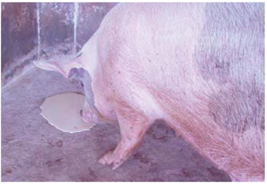
Image 3. Vomiting.
Its effect alters the gastrointestinal barrier, damaging epithelial cells and increasing their permeability, which makes it difficult to absorb nutrients (Pinton et al., 2009). On the other hand, it is hepatotoxic, triggering inflammatory reactions and apoptosis, leading to states of immunosuppression (Hasuda et al., 2022).
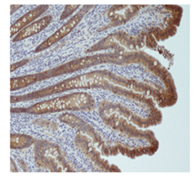
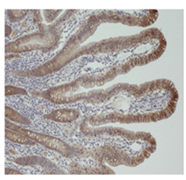
Image 4. Left: histological image of a healthy animal jejunum, right: intoxicated animal, increased permeability of the intestinal epithelium.
The presence of DON in feed increases the susceptibility of animals to secondary infections. In addition, in acute contamination it can cause nervous disorders, such as paralysis of the extremities (Panisson et al., 2023).
Zearalenone
Swine is considered the most susceptible livestock to the effects of zearalenone, especially females, which mainly suffer reproductive problems (Liu et al., 2020). These cause fertility problems, pseudopregnancies, embryonic reabsorptions, abortions and decreases in litter size (Ogunade et al., 2018; Nikolov et al., 2023).
Changes occur in the mammary glands and fetal development, and the viability of newborn piglets may be affected. Inflammation and edema are observed in the vulva of some piglets, as well as cases of Splay leg syndrome, in which piglets are unable to maintain a normal position on their hind limbs (Ogunade et al., 2018; Nikolov et al., 2023).
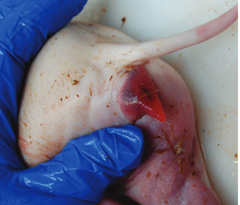
Image 5. Swelling and redness of the vulva in piglet.
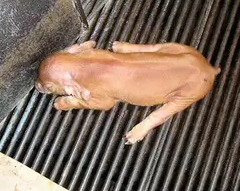
Image 6. Splay leg syndrome in piglet.
Affected sows may suffer from vaginal, uterine and rectal prolapses. In addition, an increase in the size of the reproductive organs has been observed in them compared to healthy sows (Ogunade et al., 2018; Nikolov et al., 2023).
In males, zearalenone triggers feminization processes with clinical signs such as gynecomastia, which lead to libido and fertility problems. On the other hand, these mycotoxins are also hepatotoxic and genotoxic to swine (Nikolov et al., 2023; Trujano, 2021).

Image 7. Gynecomastia in young male.
Ochratoxins
Among ochratoxins, ochratoxin A (OTA) is the mycotoxin with the greatest toxicological significance. Its mainly affect the renal function of pigs, in addition to causing a reduction in the growth rate of the animals (Tassis et al., 2024; Ceci et al., 2007).
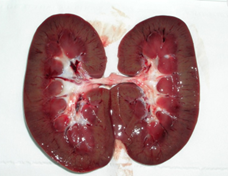
Image 8. Kidney lesions: enlargement of the renal pelvis and hyperemic cortical.
The renal damage caused by this mycotoxin lead to an increase in water consumption and can suppose the presence of blood in the urine. In addition, the animals show a state of decline and their feed intake is reduced, which compromises their growth (Ceci et al., 2007; Mallmann et al., 2007).
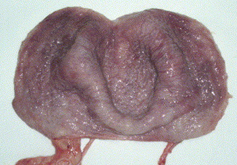
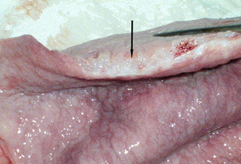
Image 9. Left: bladder with thickened and hyperemic mucosa, right: wall thickening.
Ochratoxins are also toxic to the liver and cause gastrointestinal problems. They cause immunosuppression in pigs, which are more susceptible to secondary diseases and infections. Therefore, their presence in feed can lead to an increase in mortality recorded on farms (Stoev et al., 2013).
Fumonisins
Fumonisins cause their main effect on the cardiovascular system of pigs, they are considered the main cause of porcine pulmonary edema syndrome. This syndrome causes apathy and prostration (A) in its initial stages, leading to severe signs of respiratory distress (B, C, D) and even death (E) in animals (Mallmann et al., 2007; Zeebone et al., 2022).
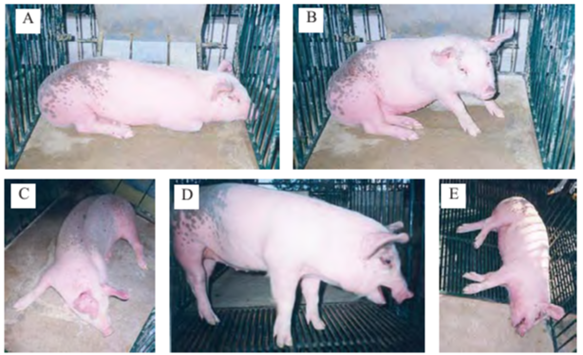
Image 10. Sequence of clinical profile of porcine pulmonary edema.
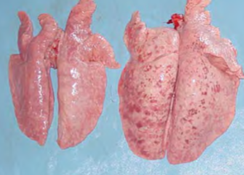
Image 11. Left: healthy animal lungs, right: porcine pulmonary edema.
Animal growth is also affected by fumonisins. Pigs reduce feed intake and have a higher conversion rate. They suffer from alterations in the gastrointestinal barrier and microbiota dysbiosis, which leads to symptoms such as diarrhea (Terciolo et al., 2019).
On the other hand, these mycotoxins also present toxicity at the hepatic and renal level, triggering important states of immunosuppression in animals. The lipid metabolism of pigs is affected, due to the structural similarity between fumonisins and sphingolipids (Haschek et al., 2001; Mallmann et al., 2007).
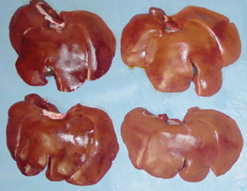
Image 12. Left: livers of healthy animals, right: hepatic damage in poisoned animals.
T-2 toxin
Swine is highly susceptible to the effects of T-2 toxin, which is part of trichothecene group. Its presence lead to the animals’ rejection of feed, which leads to a delay in their weight gain. They cause diarrhea and trigger skin reactions. Contact with feed or feces contaminated by these mycotoxins causes irritation of areas such as the snout, ears, perineal region or oral mucosa (Janik et al., 2021; Mallmann et al., 2007).
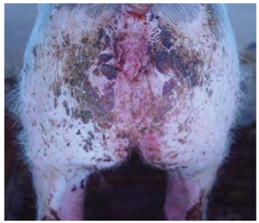
Image 13. Skin irritation due to contact with contaminated diarrhea.
Furthermore, T-2 toxin causes significant states of immunosuppression in animals due to its interaction with protein synthesis, which involves the alteration of cell membranes. It compromises the intestinal barrier of pigs and triggers inflammatory reactions (Wojtacha et al., 2021).
Conclusion
Mycotoxins have significant effects on swine, causing serious health problems that worsen their performance and compromise their well-being. These compounds result in significant economic, health and commercial losses, and that is why effective plans and strategies must be drawn up to deal with their effects and control their impact.

